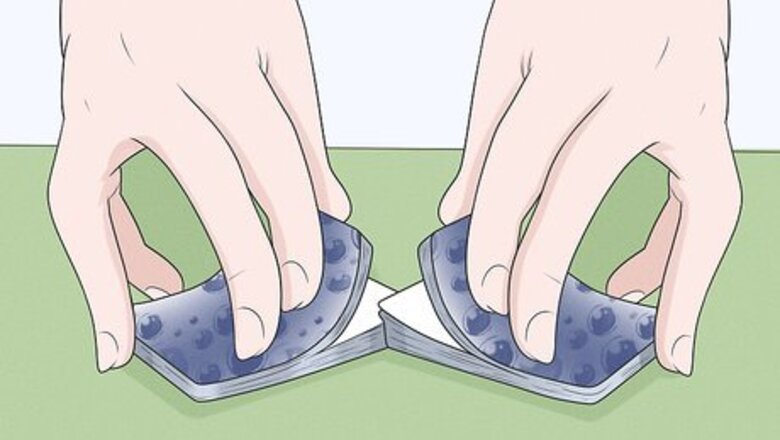
views
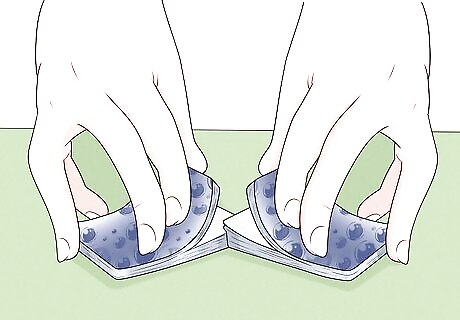
Shuffle your deck of cards before setting up the game. Use a standard deck of 52 cards. Set aside the two Joker cards, as you'll not need them at all during this game.
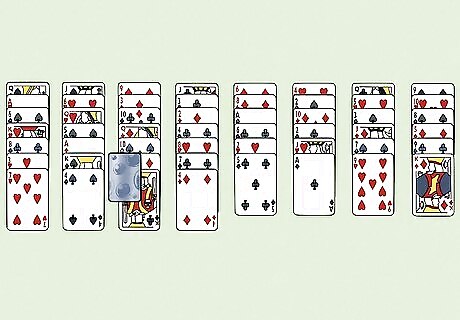
Start placing the cards in eight piles. All of them should be face up (four of the piles will have seven cards and the rest will have six). These columns are called your "tableau". There is no reverse deck like in Klondike Solitaire. All of your cards are on the playing area at all times.
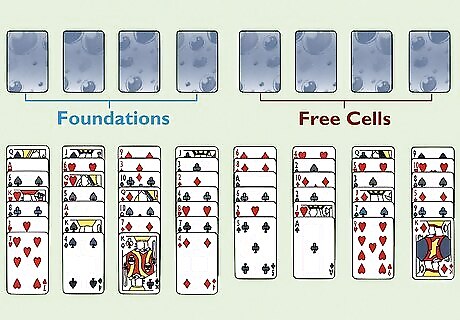
Leave room for the four "foundation" piles where you'll end up placing your cards from Aces to Kings. Also leave room for your four "free cells" where you will be able to temporarily store any one card while playing the game.
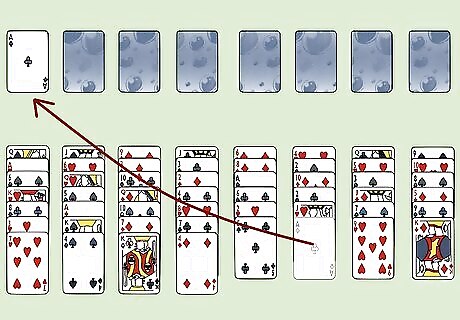
Start your foundation piles when you get the chance. Move any Aces when they become available. Your goal will be to build up these foundation piles, one for each suit, from Ace to King, in order. Make sure that you will not need a given card before placing it on the foundation. Once you place a card on a foundation pile, you cannot put it back in your tableau or in your free cells.
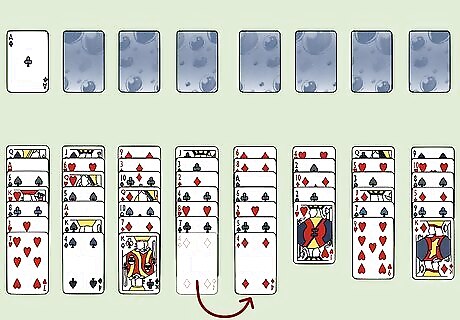
Move cards from one column of the tableau to another, if the opportunity arises. You can do this in order to strategically free up cards that are currently stuck behind others. Unless you have open free cells (see below), move just one card at a time. The cards in the columns must be placed in descending order. They must also alternate between black and red (suits do not matter in the columns). For example, you can place a black 9 on a red 10 or a red Jack on a black Queen.
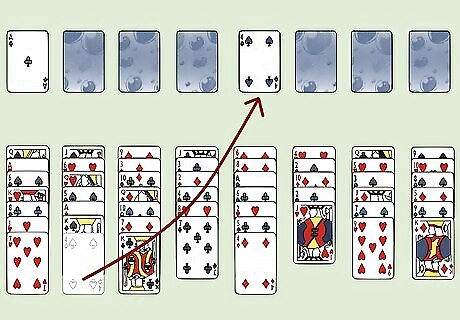
Keep an eye open for any empty columns in the tableau. If there are any, then you can move a card to the free space (or potentially a stack of cards, if you have open free cells, according to the rules below).
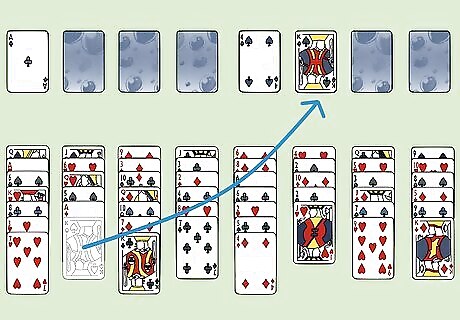
Move cards into the free cells strategically, too. Each of the four free cells can hold one card, no more. You can move a card from the tableau to a free cell at any time, and, if the opportunity arises, you can later move it back to the tableau or to the foundation (from which if can’t be moved).
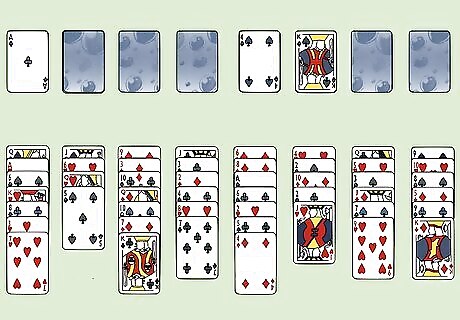
Move one card at a time, unless you have open free cells. You can normally move a single card at a time between the columns. However, if you want to move a sequence of cards (in descending order), you can move them depending on how many free cells you have: If you have four empty free cells, you can move five cards. If you have three empty free cells, you can move four cards. If you have two empty free cells, you can move three cards. If you have one empty free cell, you can move two cards.
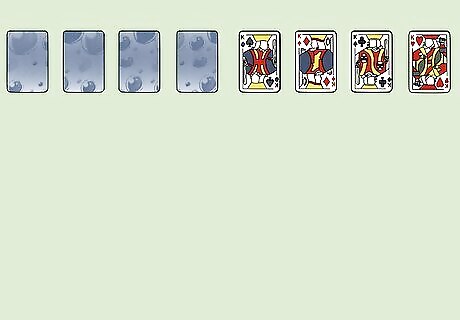
Keep trying to master the game! You won't always win, because of its difficulty, but you can enjoy the challenge along the way. Build up your foundations any way you can.




















Comments
0 comment